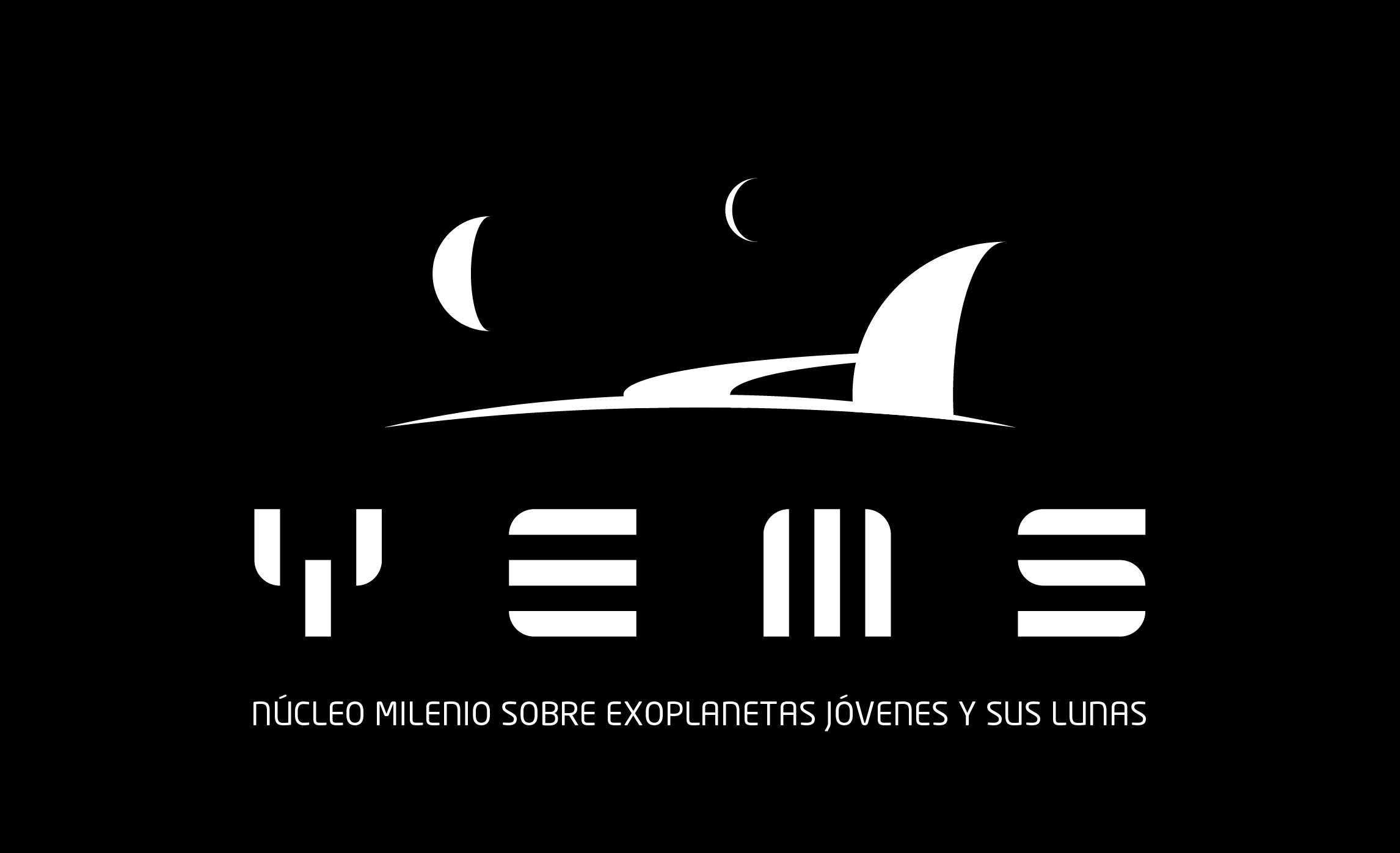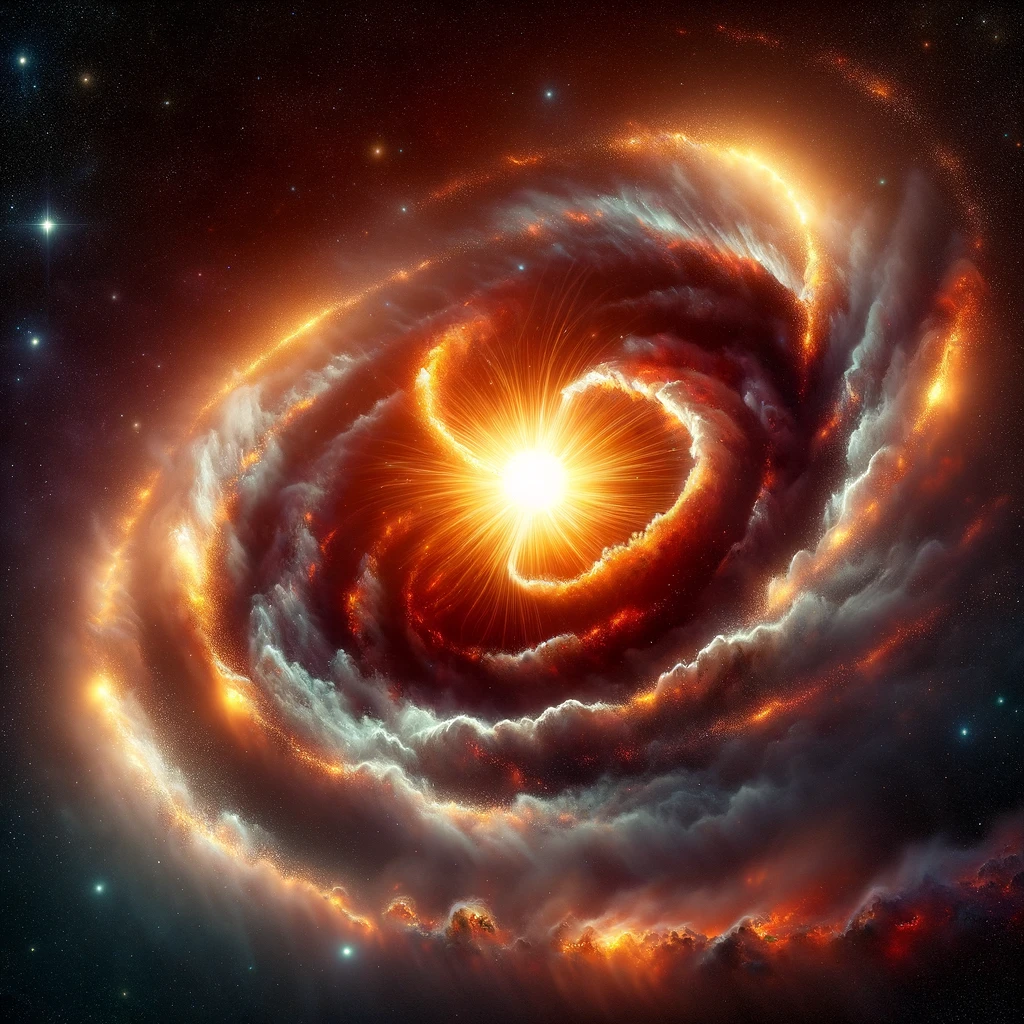
How exoplanets form
A story of gas and dust written in the sky.
Initially, the universe was very hot, so hot in fact that material as we know it today could not exist. With the expansion of the universe the material cooled off and started to form the first stars. Today we believe that all the heavy elements that we know and that are essential to our existence - like oxygen, carbon and minerals - formed inside these stars. We live in an evolved universe today, a universe that saw many stars dying and sputtering these heavy elements into their surroundings, where they participate once again in the formation of stars and planets.

That's where our research in YEMS starts off: somehow by following the laws of physics, during the formation of a star this interstellar material made of gas and miniscule dust particles interacts to form the enormous planets we know. But how is that possible? And why are planets so different, some small, some giant, some rocky, some gaseous, some deserted - and some inhabited?

The process of planet formation is that complex that we need to understand it step by step. Each year, the advancing technology for astronomical observatories is uncovering new clues that guide us in our intent. We observe very young stars where we expect planets to be forming at this very moment and compare these observations to verify or falsify our fundamental theories.

We still don't know how they form, though. But we know that the environment that we have to understand is the so-called protoplanetary disk. This is a structure of dust and gas circulating around a young star and slowly feeding it. We think that planets form inside this disk, they are shaped by this disk and in return shape the disk themselves. While being born, in most cases we cannot observe the newly born planets directly, but we can observe the structures that they induce onto their environment. The image shows the observation of such a protoplanetary disk: we do not directly see any planet but the observed structures of rings and gaps strongly suggest their presence.

YEMS es un centro multi-institutional entre Universidad de Santiago de Chile, Universidad Diego Portales, Universidad de Chile, y Universidad de Concepción. YEMS is financado de ANID—Millennium Science Initiative Program Center Code NCN2021_080.